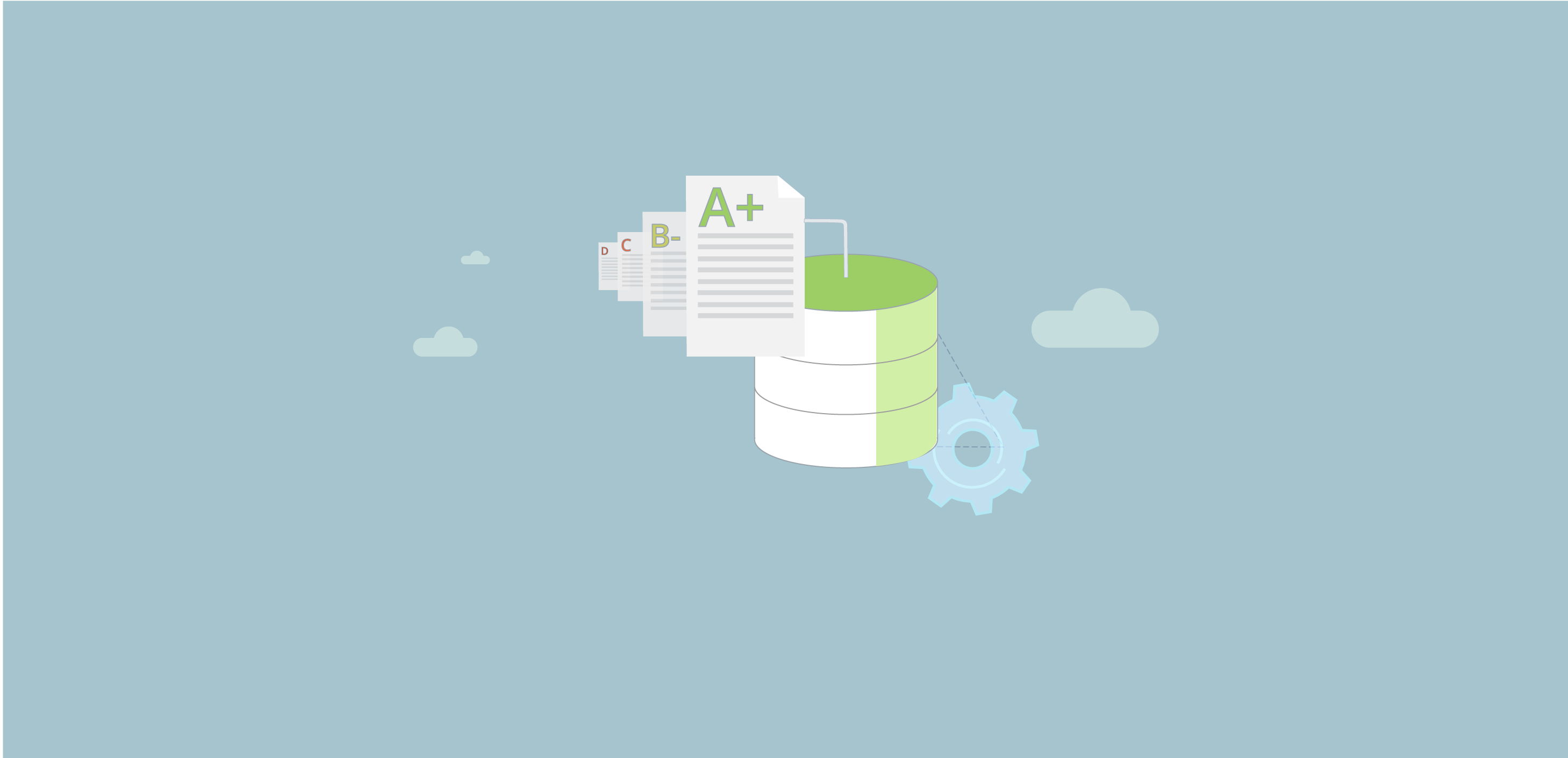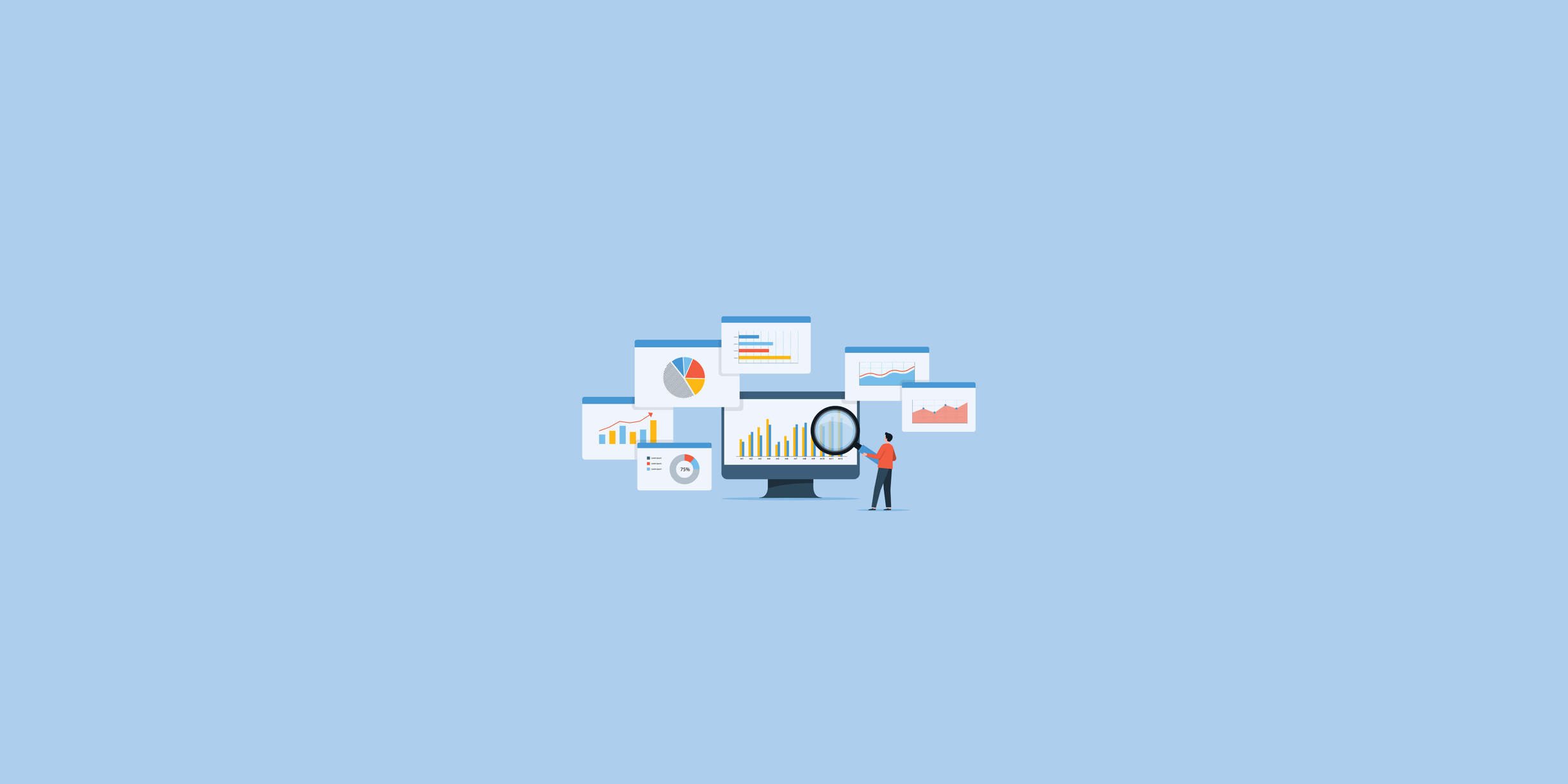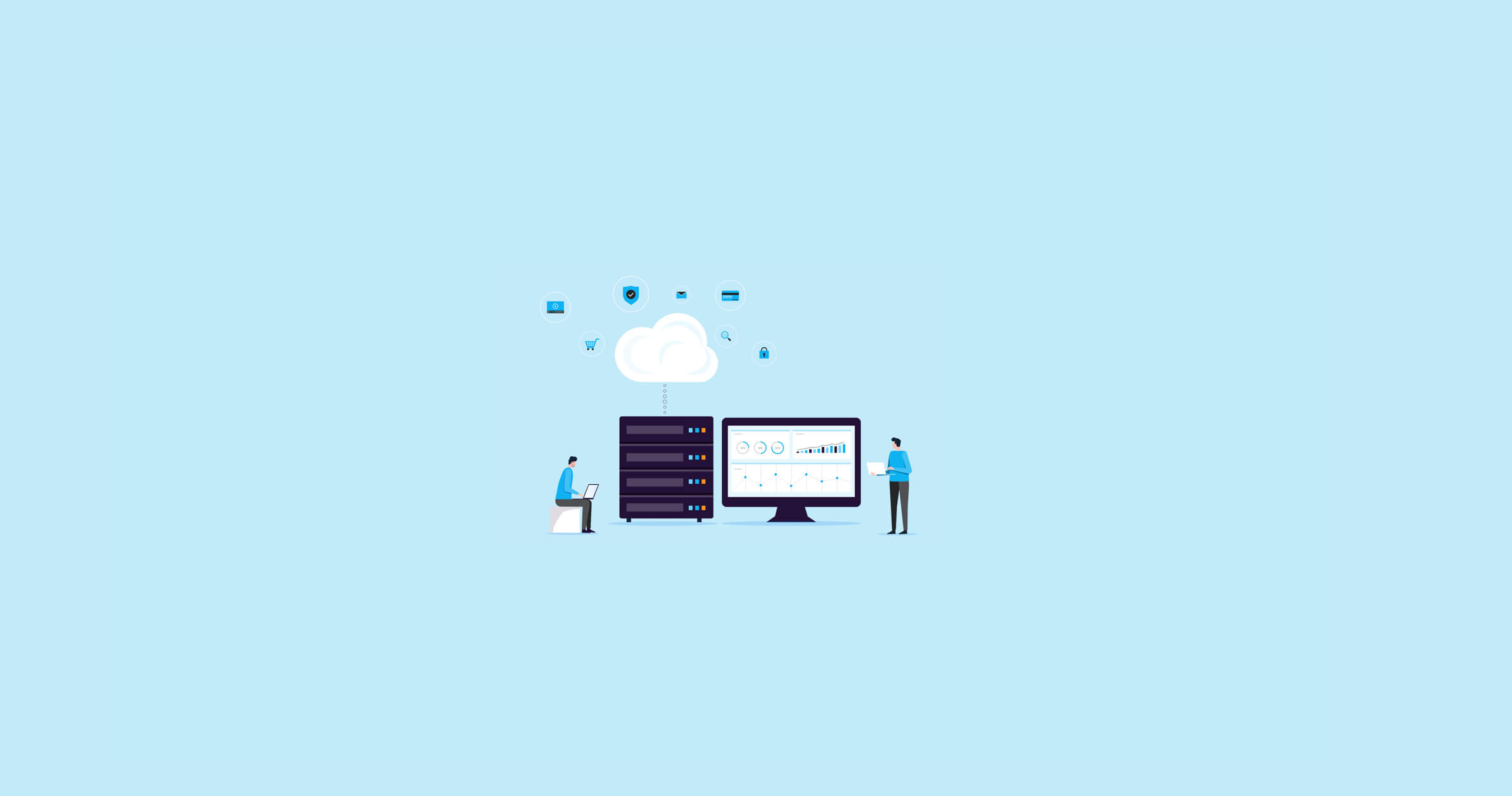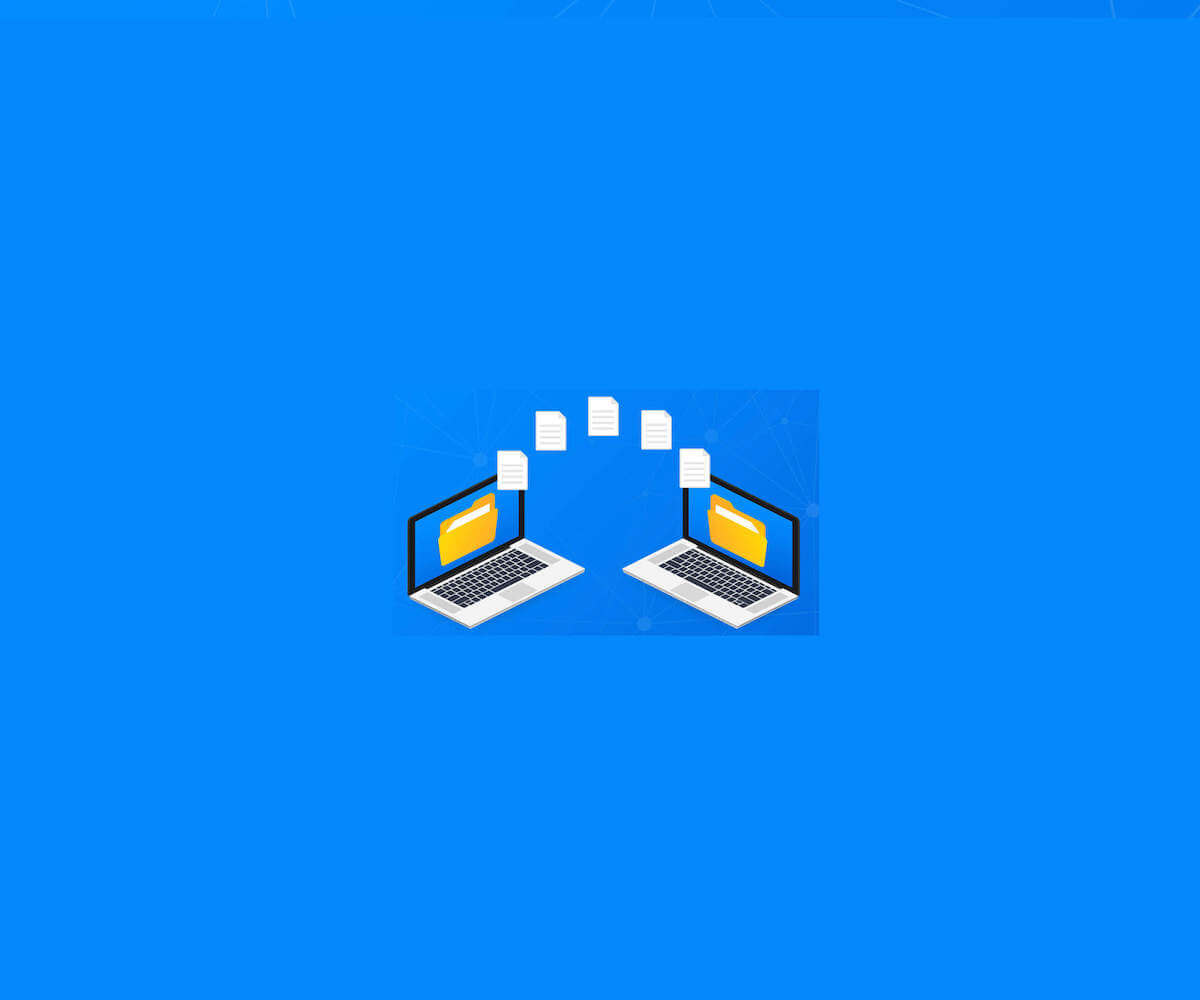
Database performance issues manifest in a variety of ways—from slow loading pages to timeouts to excessive memory usage to full-on outages. Often, performance monitoring tools detect problems early and alert the DBA. But sometimes a user has to notify you of an issue, and that’s never ideal.
If you notice an increase in performance problems making it past your monitoring system and negatively affecting users before you even know there’s an issue, it’s time to take a close look at the quality of your performance monitoring setup.
How to Determine Whether Your Performance Monitoring Setup Makes the Grade
The first step in evaluating your setup is determining whether you’re using the best database monitoring architecture for your organization’s needs. On-premises and SaaS monitoring systems have different strengths. This article offers an overview of the two architectures to help you understand which is the best choice for you.
If you know your architecture is appropriate, take this short quiz to determine whether your database performance monitoring setup gets an A+ or if it needs some extra help:
- Does your monitoring tool check whether all databases are online at regular intervals?
- Does it check during and outside of business hours?
- Does it check all nodes in a cluster?
- Does your monitoring tool send alerts about high CPU, low memory, low disk space, and abnormal network traffic?
- Is your monitoring tool configured to capture slow queries and write them to a log file?
- Does it provide indexing and query tuning advice?
- Does your monitoring tool create a throughput baseline after every change?
- Does it monitor database schema changes in real time?
- Does your monitoring tool provide visual representations of your log data?
- Does your monitoring tool make it easy to add and configure connections?
- Does your monitoring tool provide a mobile monitoring option?
- Does your monitoring tool let you set specific rules and thresholds for alarms?
- Does it prioritize alarms so you tackle the most critical problems first?
- Does it provide smart alarms that send alerts and then begin diagnostics?
If you answered yes to all of the questions above, congratulations! Your database performance monitoring setup earns a gold star. If you answered no to any of the questions, you may need to do some extra credit to improve your grade.
Here are some areas of your database performance monitoring setup you can review and improve to proactively address many performance issues before they affect users:
Availability
Checking database availability is performance monitoring 101 and should be an option with any performance monitoring tool. Be sure the tool monitors peak and off-peak availability and that it monitors all nodes in a cluster so you don’t find yourself one database node away from an outage.
Resource Consumption
A good performance monitoring tool will alert you to infrastructure problems such as high CPU, resources using more than their share of memory, abnormal network traffic, and low disk space before they affect your users.
Expensive Queries
Inefficient queries can slow performance to a crawl and cause timeouts. Select a performance monitoring solution that not only identifies which queries are causing the slowdown but also includes query tuning to rewrite and optimize queries for high performance.
Throughput and Change Tracking
Throughput measurements should be a part of regular monitoring, but it’s also important to set a new throughput baseline after every change to help detect any problems that may have been introduced. Monitoring database schema changes is also important, especially as agile and DevOps with their “continuous everything” practices become mainstream.
Logs
A great performance monitoring tool provides comprehensive, customizable log capabilities that can be tracked to proactively and quickly identify and correct performance issues. The best tools also create visual representations of log data for at-a-glance troubleshooting and data analysis.
Connection Configuration
With today’s SaaS solutions, there is no excuse for slow setup or complicated configuration. Look for a tool that makes it simple to set up connections, configure them, and get up and running in minutes.
Mobile Monitoring
No DBA wants to make a 3 a.m. office run if they don’t have to. Select a performance monitoring tool with a mobile component so you can get alerts and begin diagnosing problems from anywhere.
Alerts and Alarms
Not all issues are alarm-worthy. Your performance monitoring tool should allow you to configure alerts and alarms so you only get the ones you need. Give your system bonus points if it has smart alarms that not only tell you there’s a problem but also help you fix it.
A high-quality database performance monitoring setup is essential to maintaining healthy, high-availability databases. Periodically evaluating your current monitoring solution and making upgrades as needed is a smart way to ensure you keep your databases at the top of the class when it comes to satisfied users.









